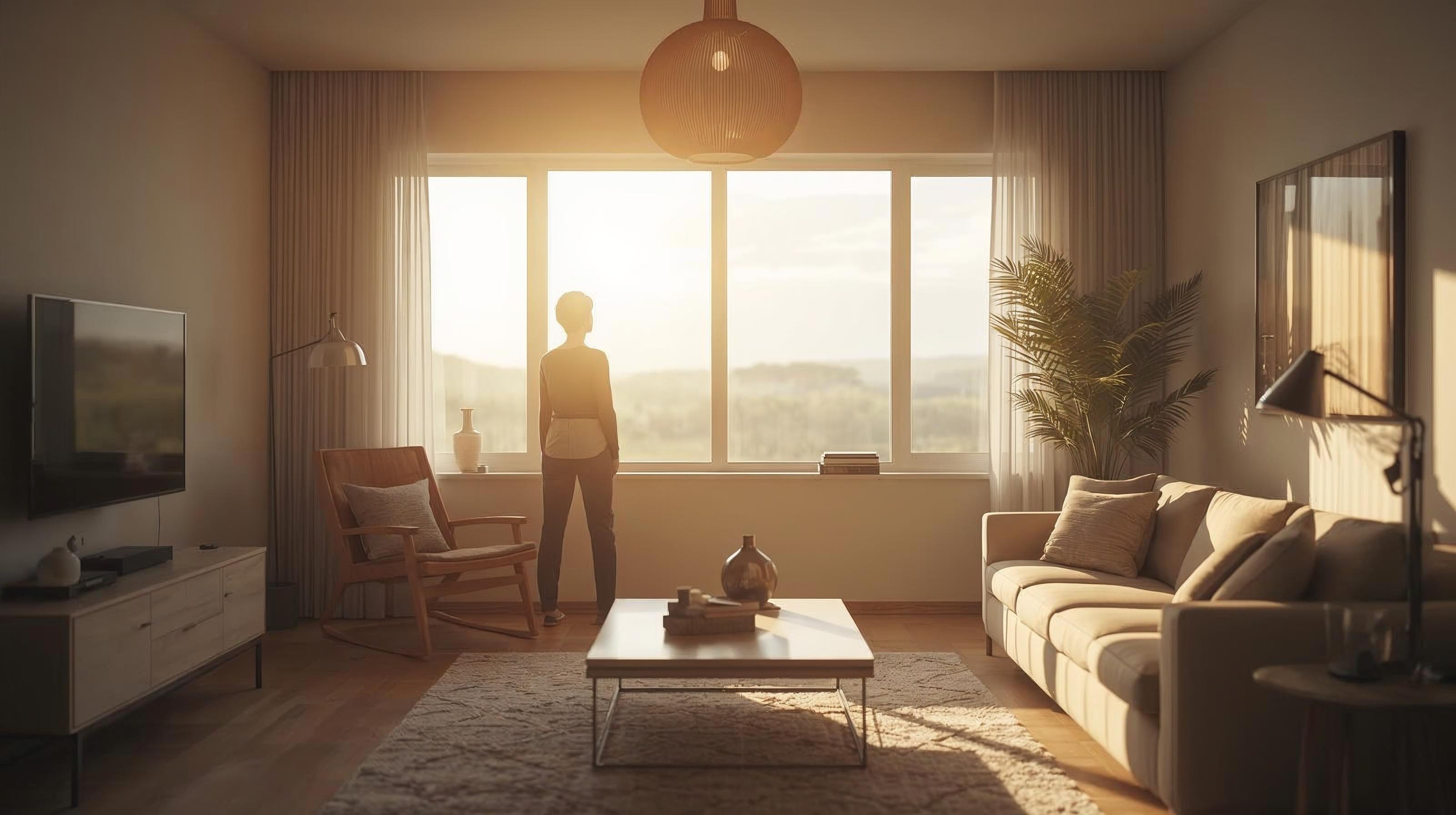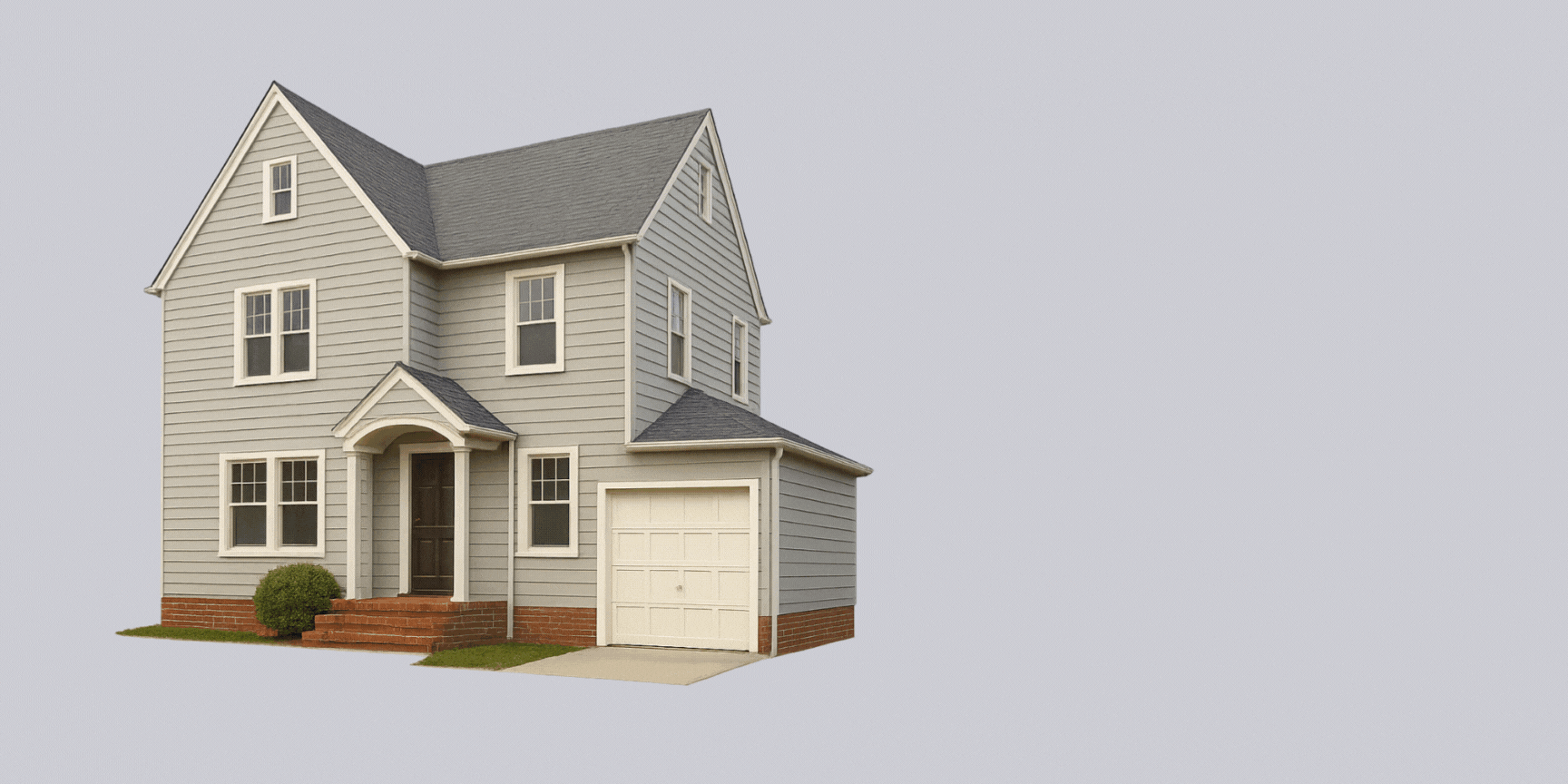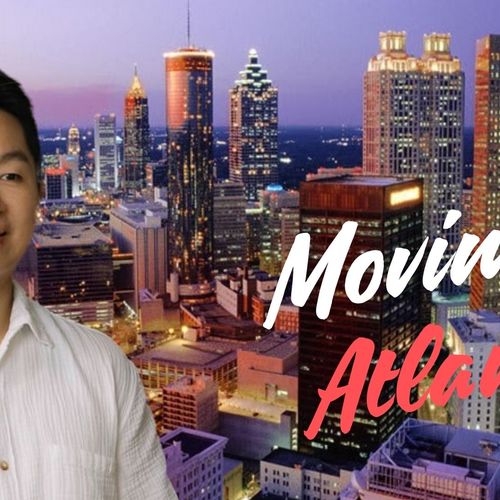When I talk about downsizing, I like to reframe it as rightsizing. To me, rightsizing is really a kind of “life hack at home.” It’s not about shrinking your life; it’s about designing it so that your surroundings work for you instead of against you. A well-chosen, well-managed home setup unlocks more time, less stress, and more joy. Instead of spending weekends battling repairs or tackling chores, you can focus on family, hobbies, or simply enjoying the calm of a space that feels intentional.
Part of rightsizing is accepting that it’s okay to lean on others. Maybe you used to love trimming hedges or tinkering with small repairs, but now those jobs feel like a burden. Hiring groundskeepers, landscapers, handymen, and cleaners isn’t a sign of giving up—it’s a smart move that keeps your home comfortable and safe. When those tasks are handled, your house stops feeling like a to-do list and starts feeling like a sanctuary.
Another cornerstone of rightsizing is protecting yourself from unexpected expenses. That’s where a home warranty comes in. Covering systems like heating, cooling, plumbing, electrical, and appliances, a good warranty keeps surprises from turning into emergencies. Instead of getting hit with a massive repair bill, you pay a reasonable service fee and the work gets handled. Over time, that predictability is priceless, both for your peace of mind and for your budget.
Ultimately, rightsizing means living large in ways that matter: ease, safety, sustainability, and alignment with your current stage of life. It’s about crafting a lifestyle that supports aging gracefully, with less hassle and more freedom. That’s not downsizing—it’s upgrading.
What to Look For in a Right‑Sized Home
When you downsize into an all‑ages neighborhood, prioritize universal design (features that work for every age and ability):
- Zero‑step entry from garage and front door—no thresholds, no tripping hazards.
- Single‑level living (or at least main‑level primary suite, laundry, kitchen, and bath).
- Wider doors and halls (ideally 36” doors and 42”+ hallways).
- Open turning radii in kitchens, baths, and bedrooms.
- Lever‑style handles for doors and faucets; rocker light switches.
- Curbless shower with a handheld sprayer, built‑in bench, and grab bars anchored to blocking.
- Non‑slip, matte flooring with low transition strips; avoid thick thresholds and loose rugs.
- Good lighting layers (ambient, task, motion‑activated in halls and baths).
- Raised ovens and dishwashers, drawer‑base cabinets, and pull‑outs to reduce bending and reaching.
- Laundry near the bedroom with space for a folding counter and shelf.
- Comfort‑height toilets (17–19 inches).
- Smart‑home safety: video doorbell, smart locks, automated lights, voice assistants, leak/flood sensors, and a monitored alarm if you like.
- Energy efficiency upgrades (heat pump HVAC, induction cooktop, added insulation, sealed ducts, high‑performance windows) to lower bills and improve comfort.
These features don’t make a home look “medical.” Done right, they read as modern, minimal, and functional—and they’re fantastic for visiting grandkids, groceries, and everyday life.
Downsizing to Age In Place is About More than Just a House
When you think about rightsizing, it’s not just about the number of square feet you live in—it’s also about how you plan to live comfortably in that space. One of the key considerations as you age is realizing that taking care of a home doesn’t necessarily mean doing everything yourself anymore. In fact, rightsizing often involves bringing in extra help so that your house supports your lifestyle rather than drains your energy. Hiring groundskeepers and landscapers to keep the exterior looking sharp, cleaners to stay on top of household chores, and a reliable handyman for those inevitable little repairs can completely change the way a home feels. Instead of nagging to-do lists and unfinished projects, you enjoy a home that runs smoothly, looks beautiful, and allows you to spend your time on the things that matter most.
These services are not just a luxury—they can be an important part of maintaining safety, independence, and peace of mind. A yard that’s well cared for minimizes the risk of trips or falls, while regular maintenance helps prevent small issues from becoming major problems. Having a handyman or service provider you can trust means you don’t have to climb ladders, wrestle with heavy tools, or worry about who to call when something breaks. It’s about shifting from being the person responsible for every task to being the person who oversees and enjoys the outcome. That shift alone can make daily life far less stressful and more enjoyable as the years go by.
Consider a Home Warranty
Alongside hiring services, many homeowners find that a home warranty is another smart tool for creating a smooth-running household. Even with regular upkeep, big-ticket systems and appliances can fail without warning. A home warranty helps soften the financial blow by covering things like heating and cooling systems, water heaters, kitchen appliances, plumbing, and electrical components. Instead of being hit with a sudden, costly repair bill, you pay a predictable service call fee and the warranty company arranges for a qualified technician to repair or replace the item. This combination—outsourcing regular maintenance and protecting yourself from unexpected breakdowns—allows you to enjoy a home that feels less like a burden and more like a supportive foundation for the next chapter of your life.
Right Sizing is More Like It
Downsizing doesn’t mean moving into a “small” life. Actually, it means you have the opportunity to live large in a way that is more in harmony with the way you live day to day. Downsizing means aligning your living space with your lifestyle. It means choosing a home that’s easier to maintain, more affordable to heat and cool, and safer to navigate. It means trading unused bedrooms and underutilized formal spaces for open-concept designs, better storage, energy efficiency, and thoughtful features like walk-in showers, grab bars, single-floor layouts, and smart home technology that can keep you connected and secure.
In my work with homeowners looking to make this transition, I always recommend considering universal design principles when choosing your next home. These are design features that make a home accessible and livable for people of all ages and abilities. We’re talking about no-step entries, wide hallways, rocker light switches, lever-style door handles, anti-slip flooring, and plenty of natural light. These features not only make daily life easier now—they make it possible to stay in your home longer, even if your needs change.
What Universal Design Looks Like in Real Life (Room by Room)
Overall Design Concepts and Elements
Universal design means creating homes that work for everyone—easy to understand, simple to use, comfortable, and safe regardless of age or ability. It favors intuitive controls, clear visibility, low physical effort, and room for different body sizes and mobility tools. The goal isn’t a “medical” look; it’s a beautiful space that quietly removes friction from daily life so you can live independently longer.
Overall design concepts (excluding the items you listed):
-
High-contrast color schemes at edges, countertops, and control points to improve visibility.
-
Large, clearly labeled rocker/paddle or touch-dimmer switches with gentle backlighting.
-
Easy-grip hardware: lever door handles and D-shaped cabinet pulls throughout.
-
Cordless, easy-lift window coverings and glare control for comfortable daylighting.
-
Adjustable or multi-height work zones (e.g., a sit/stand prep surface) for varied reach and stamina.
-
Side-opening wall oven and front-control appliances to reduce reaching and twisting.
-
Healthy-home specs: low-VOC finishes, balanced ventilation (ERV/HRV), and MERV-13+ filtration.
-
Acoustic comfort: soft surfaces, door sweeps, and sound-absorbing panels to cut echo and fatigue.
-
Multi-sensory alerts (audible + visual) for doorbell, smoke/CO notices, and appliance reminders.
-
Voice-activated scenes for lighting/shades/thermostat to reduce small repetitive motions.
-
Accessible storage strategy: lazy-Susan corners, appliance lifts, and full-extension organizers within 15–48″ reach zones.
-
Aging-friendly furnishings: stable seating with arms, rounded corners, and non-tip tables.
-
Wayfinding: large, high-contrast house numbers and clear, consistent signage at key locations.
-
Resilience: labeled breaker panels, surge protection, and optional backup power for outages.
Entry & Exterior
- Zero‑step path from driveway and garage; textured, non‑slip surfaces.
- Covered entry to avoid juggling umbrellas and keys in the rain.
- Motion‑activated lighting at paths and doors.
Living & Kitchen
- Open circulation with clear 5‑foot turning zones.
- Under‑cabinet lighting and task lighting at prep zones.
- Drawer‑base cabinets, pull‑out pantries, and wall ovens at waist height.
- Induction cooktop (cooler, safer, faster) and a quiet, efficient heat pump for HVAC.
Primary Suite
- Bedroom large enough for a seating nook and easy bed access.
- Bathroom with curbless shower, bench, handheld sprayer, and grab bars on solid blocking.
- Non‑glare lighting, anti‑fog mirrors, and thermostatic shower valves.
- Walk‑in closet with adjustable rods and pull‑down shelves.
Laundry & Garage
- Side‑by‑side machines on raised pedestals with a folding counter.
- Bright lighting, slip‑resistant floor coating, and a no‑step door to the house.
Tech & Safety
- Smart locks, video doorbell, and a monitored alarm if you want.
- Leak sensors under sinks and by the water heater; whole‑home water shutoff valves.
- Wi‑Fi mesh system for seamless coverage and simple video calling.
Tax Issues with Downsizing
Another big concern I hear is financial: “What about property taxes? Won’t I lose my tax base if I move?” Thanks to Proposition 19 in California, the answer is often no. Prop 19 allows homeowners who are 55 or older to transfer their existing property tax base to a new home anywhere in the state, up to three times. That means you can downsize, relocate (within California), or even upgrade to a more suitable home without triggering a massive jump in your annual property tax bill. It’s a game changer for anyone thinking about making a move.
Then there’s the question of capital gains tax. If you’ve lived in your current home for decades, it’s likely appreciated significantly in value. Selling it could expose you to a sizable tax bill. But there are smart strategies to manage that, too. One that many of my clients have used successfully is a structured installment sale. Rather than taking the full sale proceeds all at once, you spread the income out over several years. This can significantly reduce your tax burden, provide a steady stream of income, and make financial planning easier.
Of course, there are other ways to defer or eliminate capital gains taxes—from opportunity zone reinvestments to 1031 exchanges (if the property is a rental), and even deferred sale trusts or charitable remainder trusts in some cases. The point is: you’ve got options. The key is to start planning before you list your home.
If you’re like many of the folks I work with, you’re not just trying to make a real estate move. You’re trying to make a lifestyle move. You want freedom. Simplicity. Community. Comfort. Safety. And you don’t want to wait until something forces your hand—a fall, a health scare, or a family emergency. Downsizing proactively is not about giving up control. It’s about taking control.
The truth is, aging in place isn’t always about staying in the same place. Sometimes, it’s about finding a better place. One that fits who you are now, and who you’re becoming. Whether that’s in a 55+ community full of life and laughter, a condo near your grandkids, or a small single-story bungalow near the coast, the right home is out there. And when you find it, it won’t feel like downsizing. It’ll feel like coming home.
If you’re thinking about making a move, or just want to explore your options, I’d be happy to talk. No pressure, no sales pitch—just a conversation about how to make your next chapter your best one yet.
Gracious Homes at The Villages in San Jose
2
3
4
5
6
7
8
9
10
11
12
13
14
15
16
17
18
19
20
21
22
23
24
25





